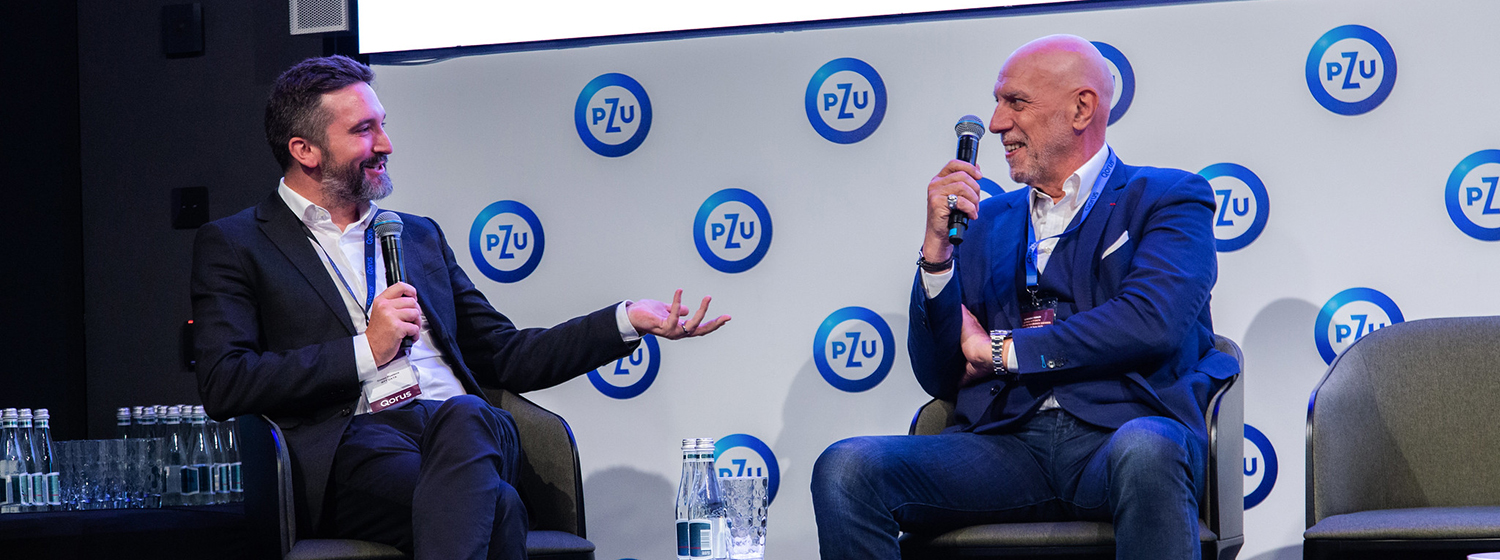Think outside the box: Fatih Ogun, Head of Strategy at Akbank, shares some bold and rarely-asked questions that may hold the keys to long-term business success.
In the universe of business strategy, we often encounter a number of well-known questions: What are our core competencies? How do we maximize profitability? Who is our target customer? These questions are crucial but they are also frequently asked. However, aside from this set, seldom-asked questions often hold the potential to unlock deeper insights into long-term success. In this article, we aim to focus on such questions – overlooked but critical inquiries that can shape, refine and drive a business strategy toward sustained competitive advantage and growth.
Infrequently asked questions: Critical insights for business strategy success
Digital Reinvention community
With Qorus memberships, you gain access to exclusive innovation best practices and tailored matchmaking opportunities with executives who share your challenges.
Related news & insights
Embracing AI disruption in the insurance industry: Insights from Qorus Reinvent Forum Warsaw
This event provided a platform for thought leaders to share their insights on how AI is reshaping our workforce, technology,...
Financial Innovation Spotlight – July 2025
Each month, Patrice Bernard unpacks and analyzes the latest emerging trends shaping the financial services landscape, offering his unfiltered commentary...
At work with Edward Rebane
Edward Rebane is Chief Retail Officer and Member of the Management Board at Citadele Bank. He’s always on the move,...
Capital One’s big bet on the future of mobility
Mobility isn’t just about getting from point A to point B—it’s a gateway to opportunity. In the US, where access...
Driving a new era of financial crime prevention through AI-powered insights and data analytics
In 2024, banks spent around US$206 billion on financial crime compliance, yet up to US$2 trillion is still laundered globally...
Qorus ramps up community engagement and outlines its 2025–2026 plans
The organization continues to strengthen its communities across five continents and is now unveiling its priorities to support the rapid...
Financial Innovation Spotlight – June 2025 edition
This edition of the Innovation Spotlight brings together a selection of recently launched innovative projects that caught the eye of...
Revolut and NBA launch co-branded cards for basketball fans
Revolut has launched two new NBA-themed payment cards, offering basketball fans premium designs inspired by the court and ball.








